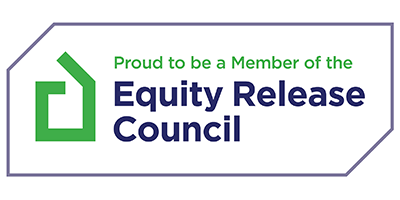In this article
A lifetime mortgage is a long-term financial commitment, but that doesn’t mean you’re locked in forever.
Just like a traditional mortgage, it is possible to switch to a new deal, whether for better interest rates, more flexible terms, or to access additional funds.
If you’re considering making a change, it’s worth understanding how the process works and whether switching is the right move for your circumstances.
Speak to an Advisor – It’s Free!
Schedule a free callback from one of our experts today.
- All situations considered
- Transparent and honest mortgage advice
- We search 1000s of purchase and remortgage deals
Our customers rate us 4.9/5
How Does Switching a Lifetime Mortgage Work?
Switching a lifetime mortgage follows a similar process to remortgaging a standard mortgage. The existing loan is repaid using funds from the new mortgage, ideally on more favourable terms.
This could mean securing a lower interest rate, reducing the impact of compound interest over time, or moving to a plan with features that better suit your needs.
It’s important to check whether your current plan has any early repayment charges, as these can affect whether switching is financially beneficial.
Some lenders apply significant charges, particularly in the earlier years of the mortgage, so weighing up the long-term savings against any upfront costs is essential.
Are You Eligible to Switch?
Not everyone with a lifetime mortgage will be eligible to switch.
Lenders have their own criteria, and factors such as your age, property value, and the amount of equity remaining in your home can all influence whether a new deal is available.
Some providers may require a minimum loan amount or impose restrictions based on the terms of your existing mortgage.
If you’re considering switching, speaking with a mortgage advisor can help determine whether you qualify and what options are available.
The Impact of Interest Rates Over Time
Lifetime mortgages work differently from standard mortgages because the interest is typically rolled up over time.
If you have a plan with a high interest rate, the amount you owe can grow significantly, reducing the equity left in your home.
Securing a lower rate could slow this process, potentially leaving more inheritance for your loved ones.
Some lifetime mortgages now offer the flexibility to make voluntary payments, which can help manage the loan balance.
If your current plan doesn’t allow this, switching could provide a more manageable way to control how much interest builds up over the years.
Looking to Release More Money?
If your reason for switching is to unlock further funds, taking a further advance might be a better option.
Many lifetime mortgage providers allow existing customers to borrow more money without needing to switch deals.
This could be a more straightforward and cost-effective way to access additional equity, depending on your lender’s terms and the amount of equity still available in your home.
Another option to consider is downsizing. Some homeowners choose to sell their property and move to a smaller or more affordable home, using the proceeds to clear their existing mortgage.
This could be a way to free up extra funds while also reducing ongoing costs, such as maintenance and utility bills.
If you’re unsure whether switching, taking a further advance, or downsizing is the best route for you, speaking with a mortgage advisor can provide clarity.
UK Moneyman has a team of experienced mortgage advisors who can explore your options and help you find a solution that meets your needs.







